Chalkboard Paint Idaese Biography
source(google.com.pk)he bright and bold use of colour in Vincent's Bedroom in Arles is typical of the vibrant palette he began to use beginning late in his Paris period. Yellow was Van Gogh's favourite colour throughout his Arles and Saint-Rémy period--whether outdoors in wheatfields under the Provencal sun or indoor works such as the bedroom.
Probably the most striking and unusual aspect of the painting is the peculiar perspective. The work is unrealistic in its warped portrayal of the bedroom, with the subjects skewed downward toward the viewer. This is one of the aspects that makes the painting so unique and easily recognizable. The perspective seems extreme, but later in his career as an artist Van Gogh was not only rebelling against the muted colours of the Dutch artists of the time, he was also breaking free from the confines of the perspective frame which dictated a precise and realistic approach to a work's perspective. Van Gogh often rejected conventional perspective in the latter half of his career as an artist--particularly in many of his Arles paintings (see The Seated Zouave and The Night Cafe in the Place Lamartine in Arles, for example).
Interestingly, the unusual perspective isn't necessarily explained solely because of Van Gogh's conscious stylistic choice. Ronald Pickvance in his book Van Gogh in Arles suggests an explanation based more on architectural fact than artistic preference. Pickvance explains that the very shape of Van Gogh's room was unusual and, as a result, Van Gogh's portrayal of it is actually more realistic than the viewer might initially imagine. The diagram at right shows the actual shape of Van Gogh's room.2 Note the slant to the outer wall which, when depicted in Van Gogh's painting, adds to the unusual perspective.
Other versions
As mentioned, Van Gogh produced five versions of his Bedroom in Arles: three oils and two letter sketches. The two copies of the original painting were produced while Van Gogh was under voluntary confinement at the mental asylum in Saint-Rémy. Van Gogh chose to paint a number of copies of his earlier works while in the asylum--perhaps as a reflection of his mental state at the time. His copies of L'Arlesienne (Madame Ginoux), for example, may suggest the loneliness of his life at the asylum as he reflected fondly on the few friends he had made in Arles.
Some have argued that Vincent's original bedroom painting encapsulates all of his dreams and aspirations during the first several months in Arles. Van Gogh had hoped for form an artist's colony in the south of France--a cooperative community in which painters could learn from each other and support their collective goals. When Vincent rented his Yellow House he took the first step toward realizing this goal. The bedroom painting, in turn, suggests domesticity and a sense of well being within one's own home (in Letter B22 Van Gogh himself maintains that the painting conveys "absolute restfulness"). When Van Gogh painted the two Saint-Rémy copies he may have been ruminating on all that he had lost in Arles and what he was deprived of within the asylum walls: a home and a sense of purpose.
The activity of decorating a kid's room can be both challenging and interesting. It depends upon how we go about the whole process of interior decoration. Ideas for kids' rooms need to bring out the best in that particular space. The main/important thought to start with is that a kids' room should appear lively and cheerful. There is scope to explore the creative skills and also one can afford to make few mistakes since, kid's rooms do not necessarily require following any Painting is the practice of applying color to a surface (support) such as, e.g. paper, canvas, wood, glass, lacquer or concrete. However, when used in an artistic sense, the term "painting" means the use of this activity in combination with drawing, composition and other aesthetic considerations in order to manifest the expressive and conceptual intention of the practitioner.
Painting is used as a mode of representing, documenting and expressing all the varied intents and subjects that are as numerous as there are practitioners of the craft. Paintings can be naturalistic and representational (as in a still life or landscape painting), photographic, abstract, be loaded with narrative content, symbolism, emotion or be political in nature. A large portion of the history of painting is dominated by spiritual motifs and ideas; sites of this kind of painting range from artwork depicting mythological figures on pottery to biblical scenes rendered on the interior walls and ceiling of The Sistine Chapel to depictions of the human body itself as a spiritual subject.
Overview
Aesthetics tries to be the "science of beauty" and it was an important issue for such 18th and 19th century philosophers as Kant or Hegel. Classical philosophers like Plato and Aristotle also theorized about art and painting in particular; Plato disregarded painters (as well as sculptors) in his philosophical system; he maintained that painting cannot depict the truth—it is a copy of reality (a shadow of the world of ideas) and is nothing but a craft, similar to shoemaking or iron casting. By the time of Leonardo painting had become a closer representation of the truth than painting was in Ancient Greece. Leonardo Da Vinci, on the contrary, said that "Pittura est cousa mentale" (painting is a thing of the mind). Kant distinguished between Beauty and the Sublime, in terms that clearly gave priority to the former. Although he did not refer particularly to painting, this concept was taken up by painters such as Turner and Caspar David Friedrich.
Hegel recognized the failure of attaining a universal concept of beauty and in his aesthetic essay wrote that Painting is one of the three "romantic" arts, along with Poetry and Music for its symbolic, highly intellectual purpose. Painters who have written theoretical works on painting include Kandinsky and Paul Klee. Kandinsky in his essay maintains that painting has a spiritual value, and he attaches primary colors to essential feelings or concepts, something that Goethe and other writers had already tried to do.
Iconography is the study of the content of paintings, rather than their style. Erwin Panofsky and other art historians first seek to understand the things depicted, then their meaning for the viewer at the time, and then analyse their wider cultural, religious, and social meaning.
Chalkboard Paint Idaese Painting Ideas for Kids For Livings Room Canvas for Bedrooms for Begginners art For Kids on Canvas for Home For Walls for Kitchen


Chalkboard Paint Idaese Painting Ideas for Kids For Livings Room Canvas for Bedrooms for Begginners art For Kids on Canvas for Home For Walls for Kitchen

Chalkboard Paint Idaese Painting Ideas for Kids For Livings Room Canvas for Bedrooms for Begginners art For Kids on Canvas for Home For Walls for Kitchen

Chalkboard Paint Idaese Painting Ideas for Kids For Livings Room Canvas for Bedrooms for Begginners art For Kids on Canvas for Home For Walls for Kitchen
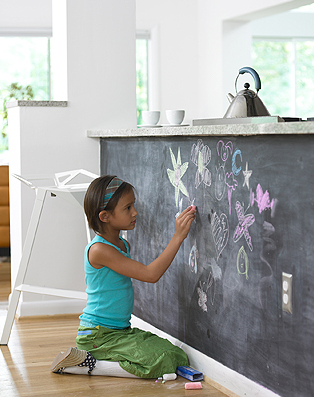
Chalkboard Paint Idaese Painting Ideas for Kids For Livings Room Canvas for Bedrooms for Begginners art For Kids on Canvas for Home For Walls for Kitchen

Chalkboard Paint Idaese Painting Ideas for Kids For Livings Room Canvas for Bedrooms for Begginners art For Kids on Canvas for Home For Walls for Kitchen
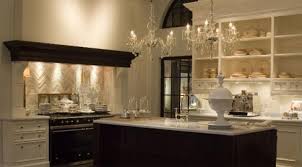
Chalkboard Paint Idaese Painting Ideas for Kids For Livings Room Canvas for Bedrooms for Begginners art For Kids on Canvas for Home For Walls for Kitchen
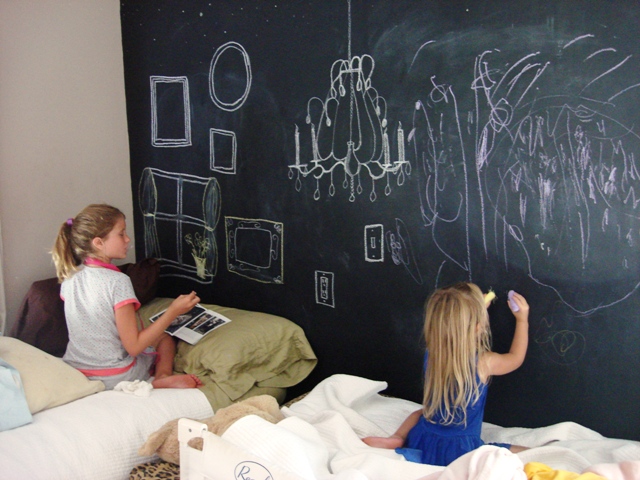
Chalkboard Paint Idaese Painting Ideas for Kids For Livings Room Canvas for Bedrooms for Begginners art For Kids on Canvas for Home For Walls for Kitchen

Chalkboard Paint Idaese Painting Ideas for Kids For Livings Room Canvas for Bedrooms for Begginners art For Kids on Canvas for Home For Walls for Kitchen

Chalkboard Paint Idaese Painting Ideas for Kids For Livings Room Canvas for Bedrooms for Begginners art For Kids on Canvas for Home For Walls for Kitchen

Chalkboard Paint Idaese Painting Ideas for Kids For Livings Room Canvas for Bedrooms for Begginners art For Kids on Canvas for Home For Walls for Kitchen
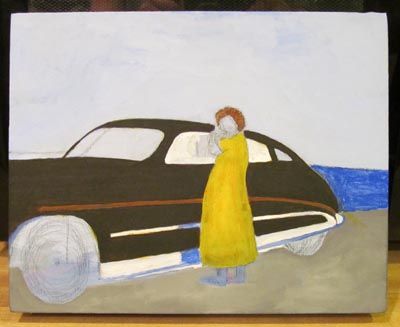
Chalkboard Paint Idaese Painting Ideas for Kids For Livings Room Canvas for Bedrooms for Begginners art For Kids on Canvas for Home For Walls for Kitchen

Chalkboard Paint Idaese Painting Ideas for Kids For Livings Room Canvas for Bedrooms for Begginners art For Kids on Canvas for Home For Walls for Kitchen
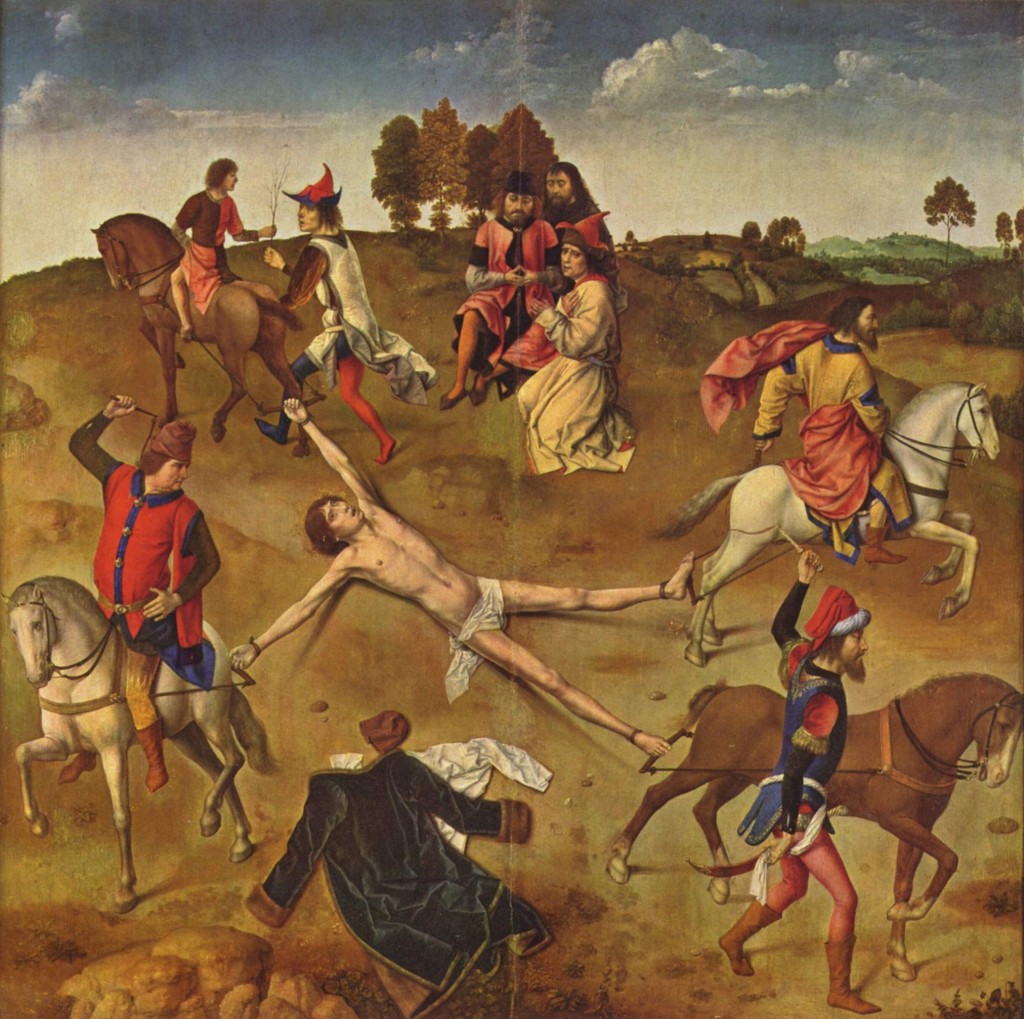
Chalkboard Paint Idaese Painting Ideas for Kids For Livings Room Canvas for Bedrooms for Begginners art For Kids on Canvas for Home For Walls for Kitchen

Chalkboard Paint Idaese Painting Ideas for Kids For Livings Room Canvas for Bedrooms for Begginners art For Kids on Canvas for Home For Walls for Kitchen

Chalkboard Paint Idaese Painting Ideas for Kids For Livings Room Canvas for Bedrooms for Begginners art For Kids on Canvas for Home For Walls for Kitchen

Chalkboard Paint Idaese Painting Ideas for Kids For Livings Room Canvas for Bedrooms for Begginners art For Kids on Canvas for Home For Walls for Kitchen
No comments:
Post a Comment